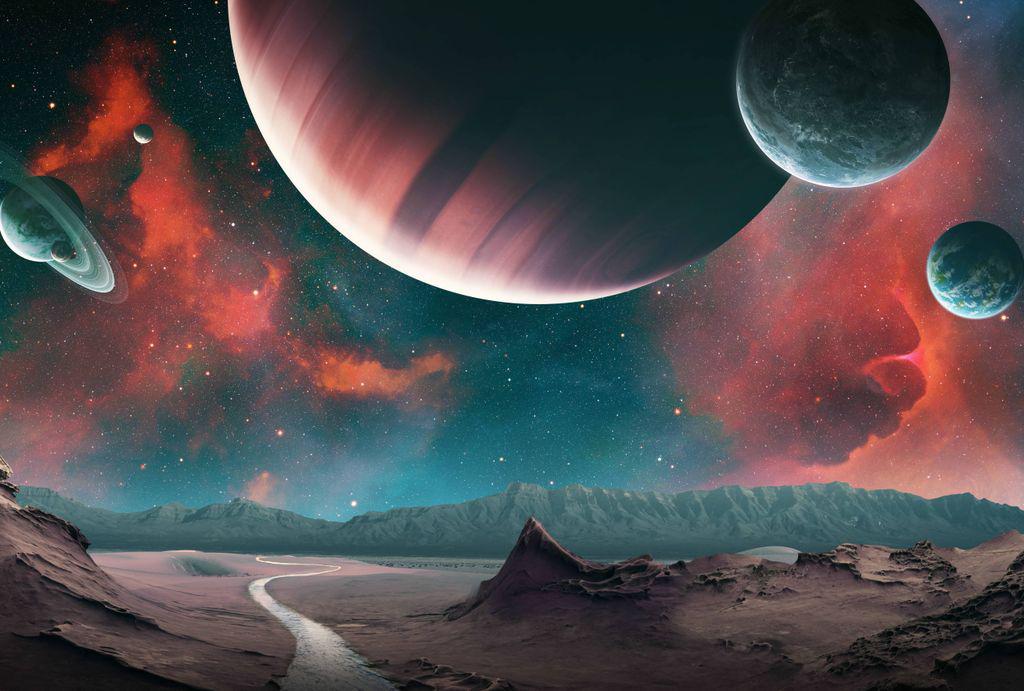UNLIMITED
REVEALED! LOST WORLDS OF THE SOLAR SYSTEM

Our Solar System usually feels like a fairly orderly place. Eight planets orbit the Sun on more or less circular paths along with two broad belts of smaller objects, the Asteroid and Kuiper Belts. Only a few stray objects – rocky near-Earth asteroids and icy comets and centaurs – stray onto wilder paths. Their encounters with the larger worlds can have violent consequences for planetary surfaces, but in the long run the planets themselves remain unaffected.
Recently, however, astronomers have been questioning whether it’s always been this way, with evidence from computer models, improved understanding of our neighbouring planets and studies of other solar systems with very different configurations all pointing to a secret wild past.
It’s increasingly clear that our Solar System had a rebellious youth in which planets could switch orbits and undergo traumatic close encounters. But some researchers go even further, suggesting that the solutions to some major mysteries of the present-day planets lie in the influence of bodies that have since disappeared entirely from the family of the Sun – the lost worlds of our Solar System’s deep history.
“I think it’s human nature to look at things and assume that what you see was there since forever,” says astronomer David Nesvorny of the Southwest Research Institute in
You’re reading a preview, subscribe to read more.
Start your free 30 days





